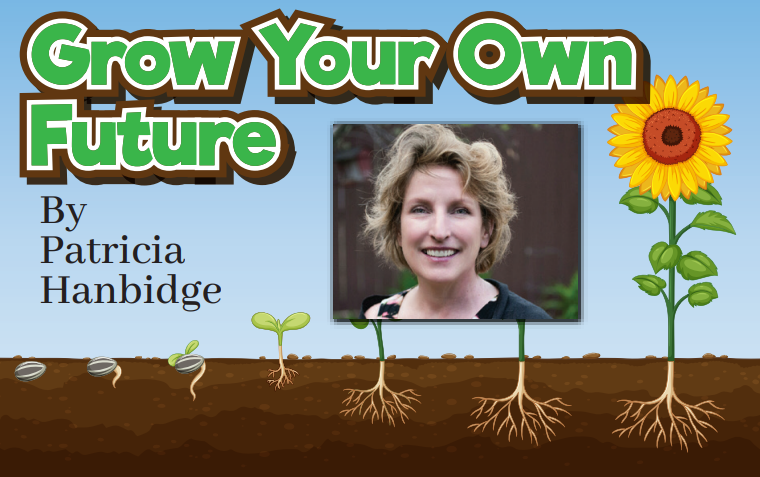Much of what we commonly grow in the garden are hybrid plants. The seeds from hybrids should not be saved, as what is grown from that saved seed will not necessarily become the expected plant. Hybrid seeds result from what is considered a terminal cross, as the two parent plants that were crossed resulted in the production of a seed that is superior to the parent plants in some way. These plants that are grown from the hybrid seed are often faster growing, with more colour or bigger fruit or simply better disease resistance. However, if you save the seed from these hybrid plants, the seed will not produce a plant or a product that is the same as what you grew.
However, if you grow heirloom or heritage plants, that heirloom seed can be saved and planted year after year. Although they are naturally pollinated, they will produce seeds that are “true”, and thus, when collecting this seed, you will have the opportunity to grow a plant that is very similar to the parent plant. When a seed is described as “coming true,” it will grow, flower and produce fruit that looks like the parent plants. Seed that does not ‘come true’ will often be seed that has two different parents from the same plant family. For example, green beans will cross-pollinate with yellow beans, resulting in beans that can be either green or yellow or some combination of both colours. When planting a garden to use for seed production, remember that it is important to plant single varieties of those plants you plan to save seed from. Planting only non-hybrid green beans will mean that you will have green bean seeds that will produce true green beans the following year. Keep in mind that if your neighbour is growing vegetables, there can also be cross-pollination between their varieties of vegetables and yours. Maybe you can partner with each other and each grow different types of vegetables, but then share the produce. You’ll have double the garden space, more vegetables and new friends for life.
There are many good reasons to grow heirlooms. There is something quite romantic to growing plants whose seeds have been passed down through the generations. It pleases me to be able to grow a plant that is almost identical to those plants my grandparents grew. Although these plants are naturally pollinated by wind, insects or other means, the characteristics of heirloom plants have developed naturally over a long period, and thus, their characteristics are stable, so your harvest will be what you expect. Over time, these plants have developed growth habits specific to certain climates and resistance to common disease issues, which are another reason to grow heirlooms. Another extremely important reason to grow heirlooms is by doing this, you are helping to maintain plant diversity and ensuring that we do not lose valuable traits. Heirlooms have unique flavours, enhanced nutritional benefits, with the bonus of preserving and sharing seeds.
Therefore, if your goal this growing season is to grow at least some heirlooms and save your seed, then you need to plant seed that is considered heirloom or heritage in nature. Do some research, or ensure you do not miss this series of articles on growing heirlooms.
Hanbidge is the Lead Horticulturist with Orchid Horticulture. Find us at www.orchidhort.com; by email at [email protected] on Facebook @orchidhort and Instagram at #orchidhort.
Tune into GROW Live on our Facebook page https://www.facebook.com/orchidhort or check out the YouTube channel GROW…




